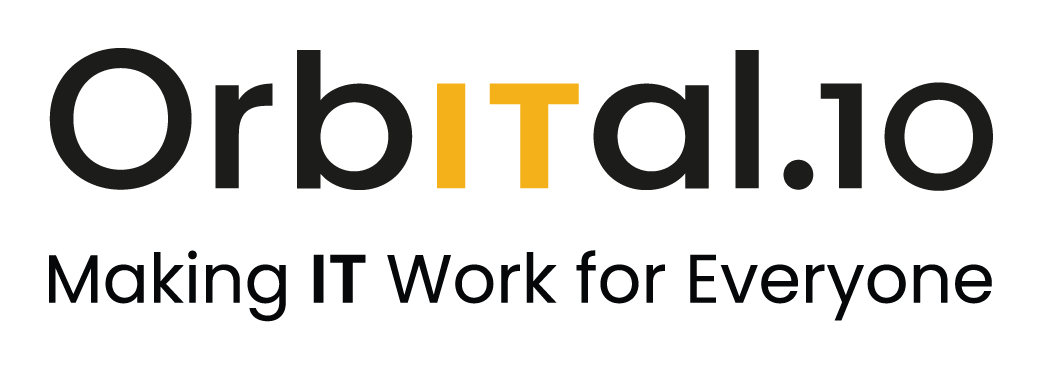Building cyber confidence: strengthening your digital defences
In today’s interconnected world, where technology permeates every aspect of our lives, the importance of cybersecurity cannot be overstated. Cyberattacks are a constant threat, targeting individuals, businesses, and even nations. As technology advances, so do the tactics of cybercriminals.
To navigate this evolving landscape successfully, it is essential to cultivate “cyber confidence” — a proactive and resilient mindset that empowers individuals and organisations to protect themselves against cyber threats. This blog explores the concept of cyber confidence and provides practical steps to build a strong cybersecurity foundation.
Understanding Cyber Confidence
Cyber confidence refers to the state of being prepared, knowledgeable, and proactive in safeguarding against cyber threats. It goes beyond mere awareness and encompasses a holistic approach to cybersecurity that involves mindset, knowledge, and actions. Building cyber confidence involves understanding the risks, implementing robust security measures, and fostering a culture of cybersecurity at both the individual and organisational levels.
6 Key Elements of Cyber Confidence
1. Awareness and Understanding
The first step towards cyber confidence is educating yourself and staying aware of the latest cybersecurity trends and best practices. Regularly updating knowledge about emerging threats, common attack vectors, and preventive measures helps individuals and organisations make informed decisions to protect against cyber threats.
Action: Introduce a Cyber policy that covers how you protect your systems and data against threats and how you will deal with a breach should it happen.
2. Risk Assessment and Mitigation
Conducting a comprehensive security audit and risk assessment is crucial for understanding potential vulnerabilities and threats specific to your systems and data. Identifying weaknesses in systems, networks, and processes allows for targeted mitigation strategies. Implementing robust security controls, such as firewalls, encryption, multi-factor authentication, and regular software updates, can significantly reduce the risk of successful cyberattacks.
Action: Carry out a security audit to identify any potential areas of weakness and risk
Action: Get yourself Cyber Essentials certified, to ensure you have the best practices and controls to protect your business against threats.
3. Incident Response Planning
Cyber resilience is critical, so developing a well-defined incident response plan is essential to minimise the impact of a cyber incident. This plan should outline clear roles and responsibilities, communication protocols, and steps to contain, mitigate, and recover from an attack. Regularly testing and updating the incident response plan ensures its effectiveness when a real incident occurs.
Action: Produce and implement a cyber resilience strategy and plan
4. Continuous Monitoring and Detection
Cyber threats evolve rapidly, making continuous monitoring and detection crucial for early identification and response. Implementing intrusion detection systems, security information and event management tools, and threat intelligence feeds can help identify anomalies and potential breaches in real-time, enabling proactive measures to mitigate risks.
Action: Set up remote monitoring and cyber detection
5. Collaboration and Sharing
Building cyber confidence is not an isolated effort. Collaboration with industry peers, government agencies, and cybersecurity communities helps in sharing knowledge, best practices, and threat intelligence. Engaging in cybersecurity forums, attending conferences, and participating in information-sharing initiatives contribute to a collective defence against cyber threats.
Action: Join online forums and communities to keep informed of the latest threats and best practices. Stay ahead of the threats.
6. Employee Training and Awareness
Employees are often the weakest link in an organisation’s cybersecurity. Regular training and awareness programs can empower employees to recognize and respond appropriately to potential threats. By fostering a culture of cybersecurity, organisations can enhance their overall cyber confidence.
Action: Implement regular communications covering the latest threats and best practices
Action: Set up regular cyber training programmes
Get Cyber Confident
In an increasingly digital and interconnected world, cyber confidence is essential for individuals and organisations to navigate the complex landscape of cyber threats. By embracing a proactive mindset, staying informed, implementing robust security measures, and fostering a culture of cybersecurity, you can build a strong foundation for cyber confidence.
Remember, building cyber confidence is an ongoing journey that requires continuous learning, adaptation, and collaboration to stay one step ahead of cybercriminals. We can support you on any or all of the actions to ensure you gain cyber confidence - just get in touch >



























